While ‘Firefly’ petunias are always glowing, we don’t experience their hidden power until the sun goes down. The magical, mysterious, glow-in-the-dark creation stems from years of research surrounding bioluminescence.
Genetically modified for a modern twist on an old garden favorite, ‘Firefly’ petunias bring new light to summer evenings spent outdoors. Sure to spark interest in budding scientists and young gardeners, this very different petunia masquerades as common by day and otherworldly by twilight. Explore the how’s and why’s behind this petunia’s glow-up as we marvel at the notion.
Firefly Petunia Overview
|
|
What are ‘Firefly’ Petunias?
Genetically engineered to produce light through bioluminesence, ‘Firefly’ petunias emanate a soft, moonlit glow when the sun goes down or in a dark room. Its bright white blooms and buds produce the most light with a continual reaction harnessed by the sun’s energy.
The glowing qualities are a result of mushroom DNA. The annuals have four genes from a bioluminescent mushroom (Neonothopanus nambi) and a fifth from another fungi. The different genes play roles in a chemical reaction that produces organic light in leaves and flowers.
‘Firefly’ was ten years in the making with a team of scientists in coordination with the company Light Bio of Ketchum, Idaho. The USDA-approved specimen went on the market in late winter of 2024. It’s currently available only in the U.S.
‘Firefly’ plants grow like other petunias and don’t require special treatment or care. They’ll grow in beds, hanging baskets, and containers. Petunias bloom all summer until fall’s cool temperatures for an extended “glowing” season.
Characteristics
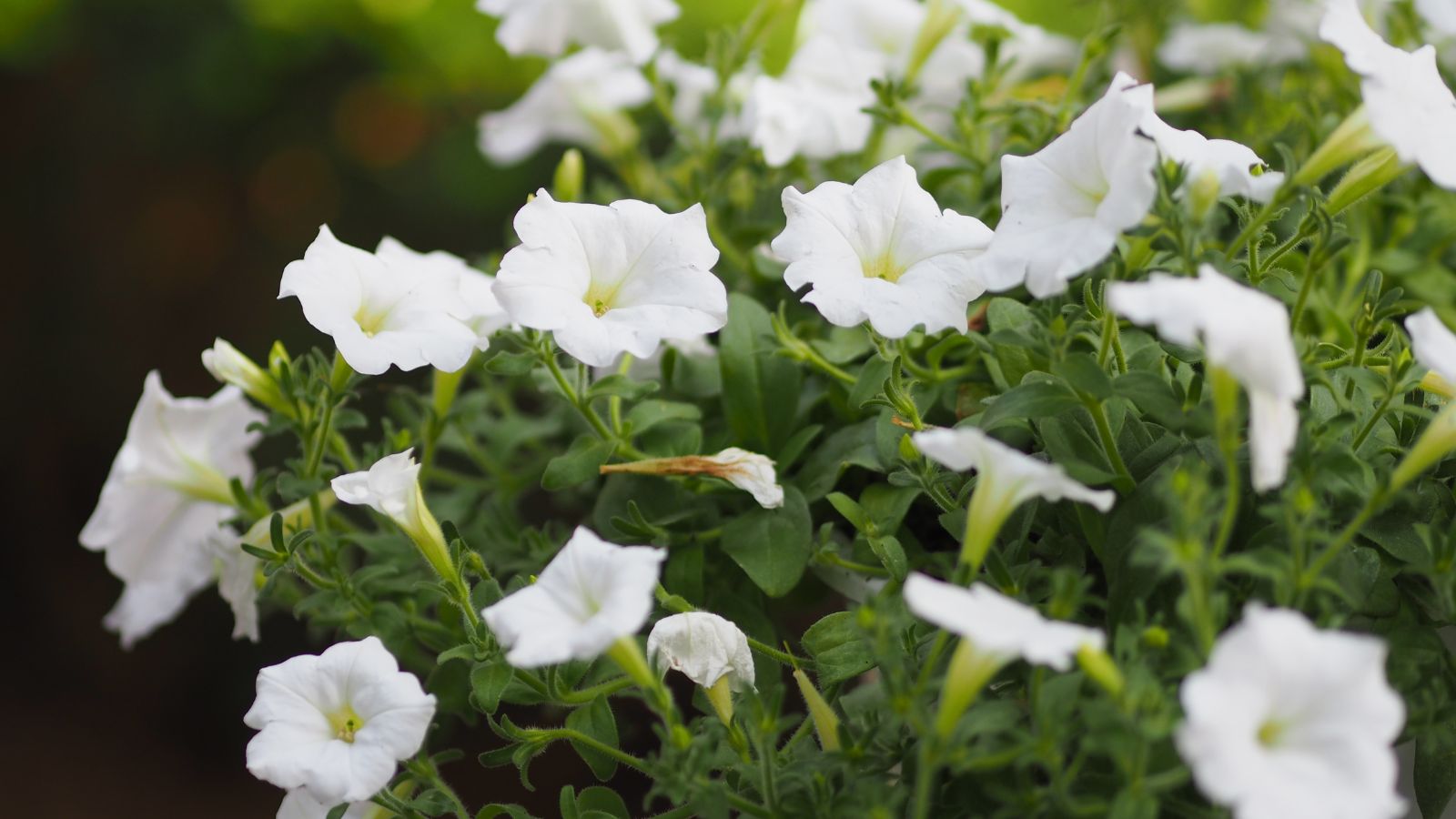
Identical to conventional petunias, except with bioluminescence, these have the same appearance as the favorite garden performer. Crisp white blooms top leafy stems that mound and reach eight to ten inches tall and wide.
Best viewed at twilight, the petals illuminate a greenish-white moonlight glow. New leafy growth, buds, and blooms are the brightest. The creator likens it to fireflies alighting on the plants. Eminence fades as the flowers age. Maintaining healthy growth through proper cultural requirements yields the most vigor and the best illumination.
While horticulturists hybridize selections every day to improve plant characteristics and landscape performance (including many petunias), this one differs in its cross-species DNA modification. More research is necessary to determine how the natural environment, particularly insects, wildlife, and surrounding plants, responds to the light.
Reportedly, creators chose the petunia because of its ornamental value, popularity, and diminished likelihood of genes spreading to other plants or the natural environment, as garden petunias aren’t invasive like other species may be. The intention is to market these unique ornamentals for the home garden or as houseplants rather than having widespread agricultural applications.
The pioneering petunia opens the potential for future bioluminescent discovery for soothing, non-artificial light sources. What becomes of this is up to the consumer; for now, we have a glowing bloomer to consider.
Native Area

Petunias originate in South America. What we commonly grow are from a large family of hybrids. Of garden origin, the annuals begin growing in cool springs and flourish in warm conditions of a mild summer. While tolerant of heat, they thrive in more moderate conditions.
Planting
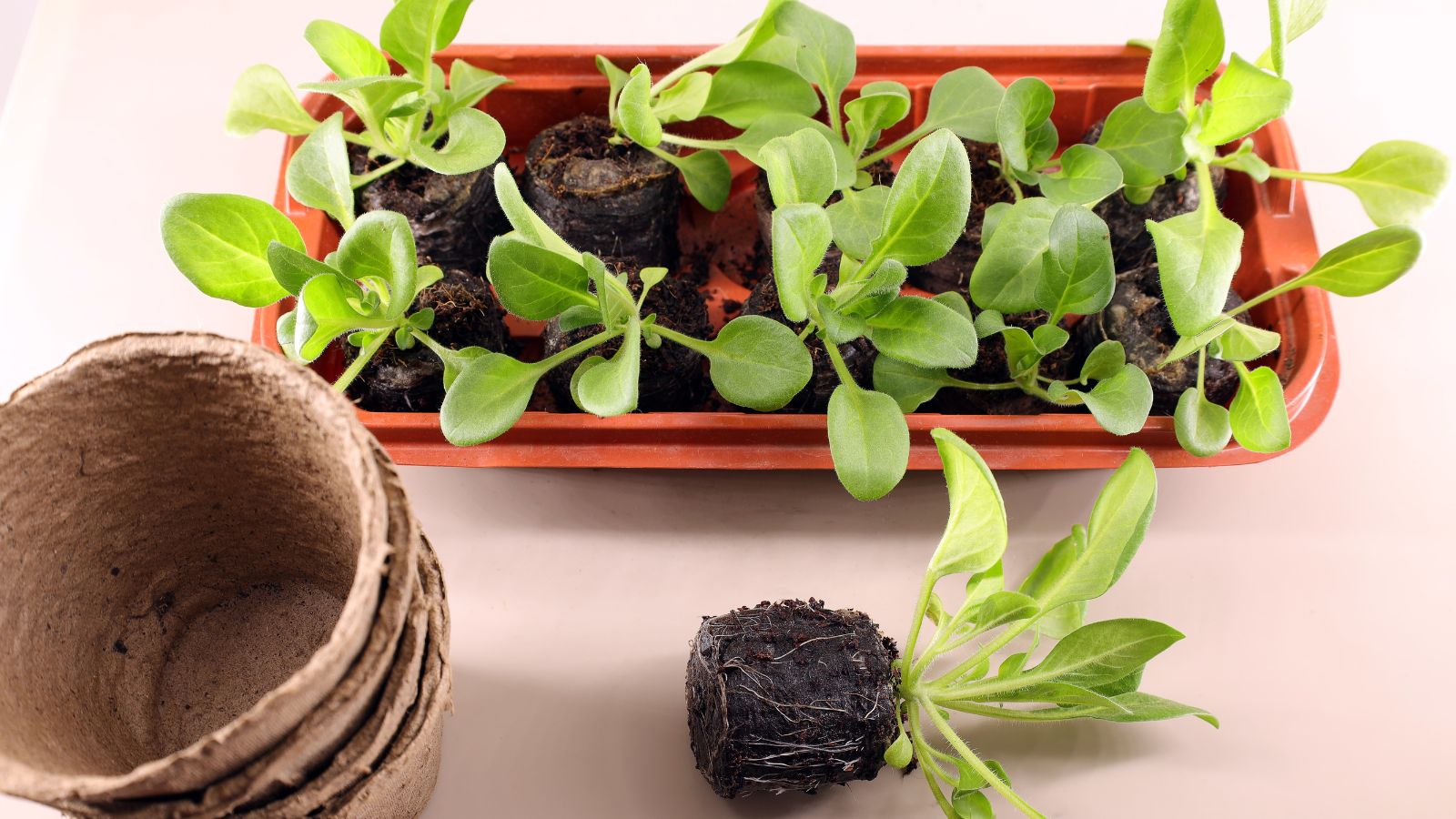
Plant ‘Firefly’ where you’ll enjoy its illumination up close, in seating areas, at entrances, or as viewpoints. Petunias perform beautifully in containers, window boxes, and hanging baskets for added color and texture.
Provide ample air circulation between plants to prevent fungal issues. Allow spacing of about one foot.
Transplanting
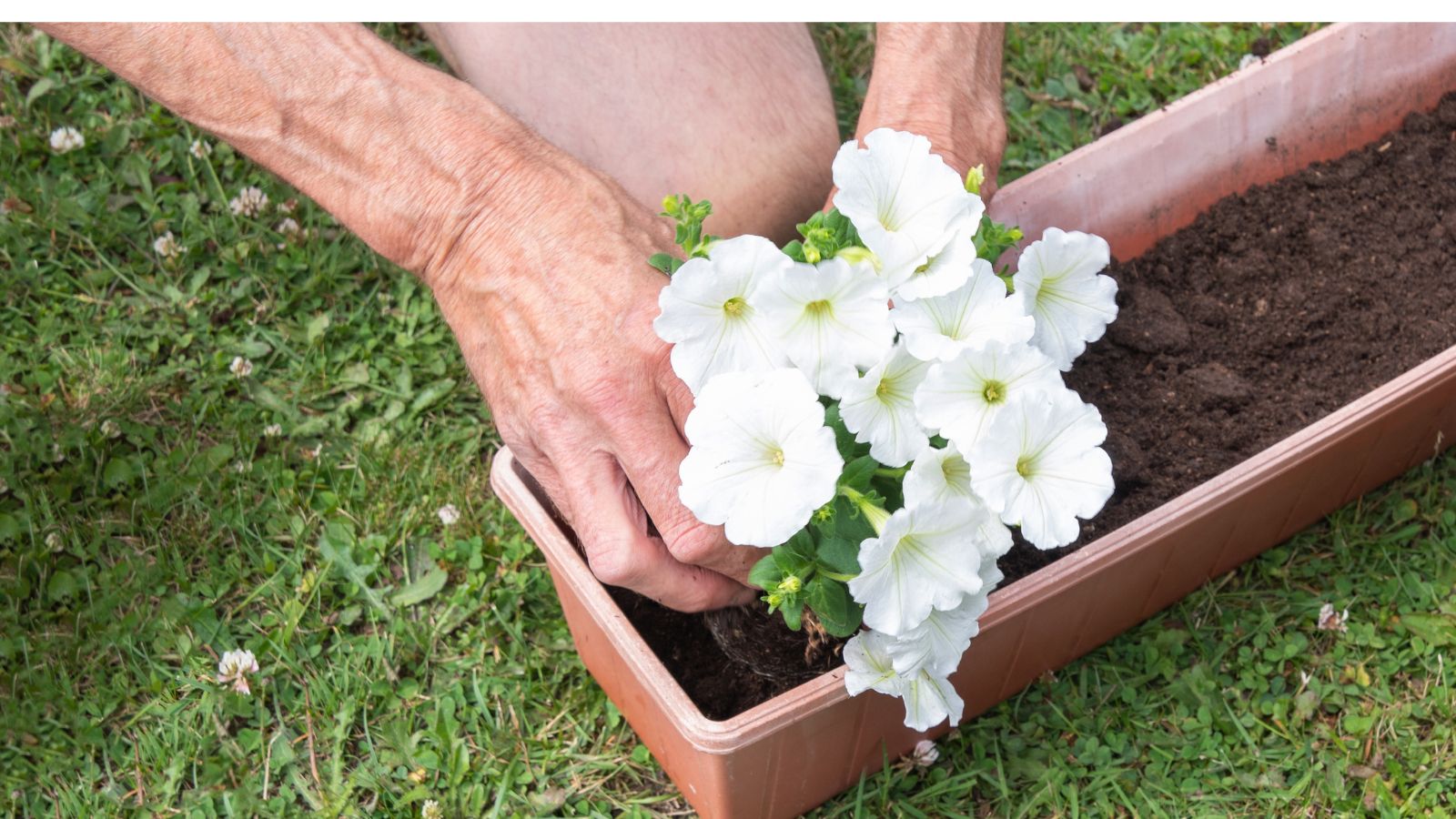
Petunias need protection from frost and cold temperatures. Place them outside in the spring after the threat of frost passes. At summer’s end, you may opt to bring ‘Firefly’ indoors for the cool season. They need lots of light to overwinter indoors, whether from the sun or an artificial source. In warm climates, they thrive outside year-round.
The bloomers are well-suited to container culture. Transfer them to a pot one inch larger than the existing container when roots fill the current vessel. Root-bound specimens show quick absorption of water, drought stress, and roots poking out the ends of the pot. In a single growing season, the annual won’t need repotting if in a large enough container to start.
How to Grow
The prolific bloomers are easy-to-grow with low maintenance needs. Treat ‘Firefly’ as you would a standard petunia, if a little experimental, to note differences.
Light
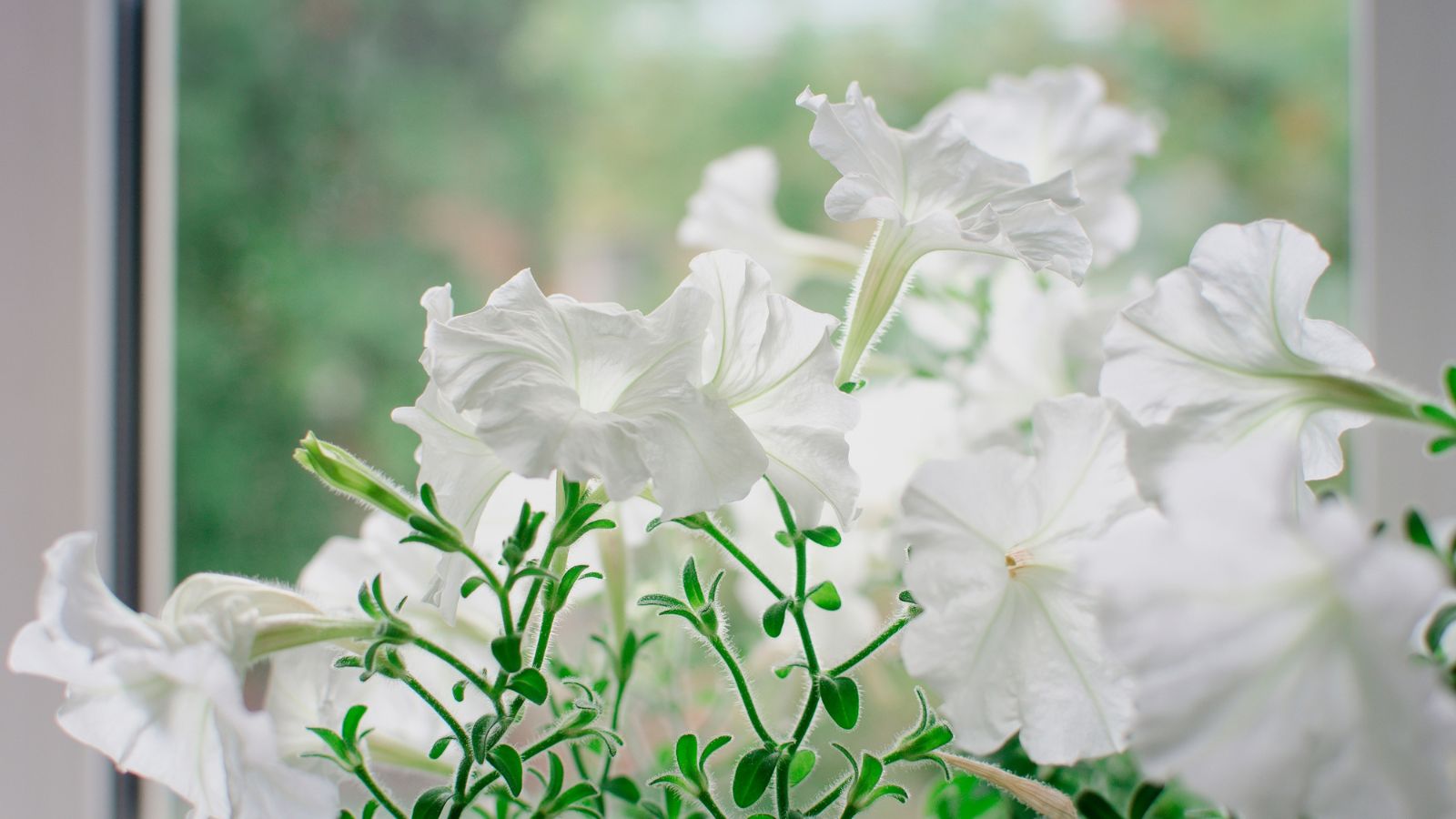
During the day, the glowers harness the sun’s energy to use at night. They grow and flower best with at least five to six hours of daily sunlight. They tolerate partial shade, but too much shade leads to a lack of flowers and glowing.
In hot, southern climates, provide dappled light or shade protection from direct midday sun. Intense rays can scorch leaves and flowers. Morning sun is ideal as part of the daily requirement.
Indoors, try the bloomers near a bright window or sunny windowsill.
Water
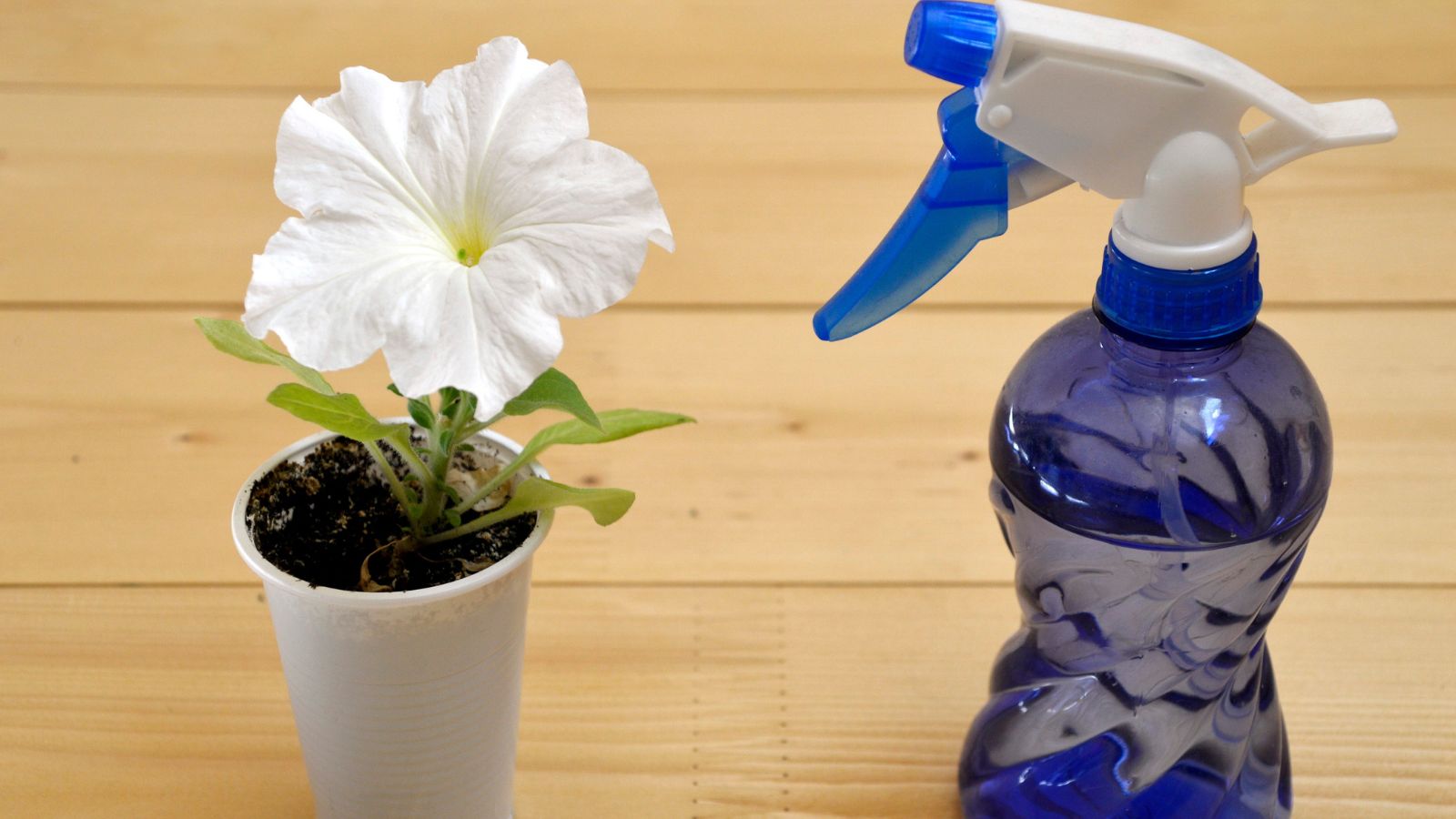
Petunias prefer evenly moist soils; consistent moisture throughout the growing season is best. Well-draining soils are essential. Overwatering and soggy conditions lead to pests and diseases, and underwatering leads to a halt in growth as plants conserve energy.
Once established, the annuals tolerate short periods of drought between waterings. However, fluctuations may result in reduced vigor and flowering.
The soil should feel moist to the touch. If it’s dry to the depth of an inch (one knuckle deep), it’s time to water. Avoid overhead watering to prevent foliar diseases or water in the morning so droplets dry in the sun.
Containers dry out quickly in the summer heat. Depending on your climate and pot size, they may need water daily.
Soil
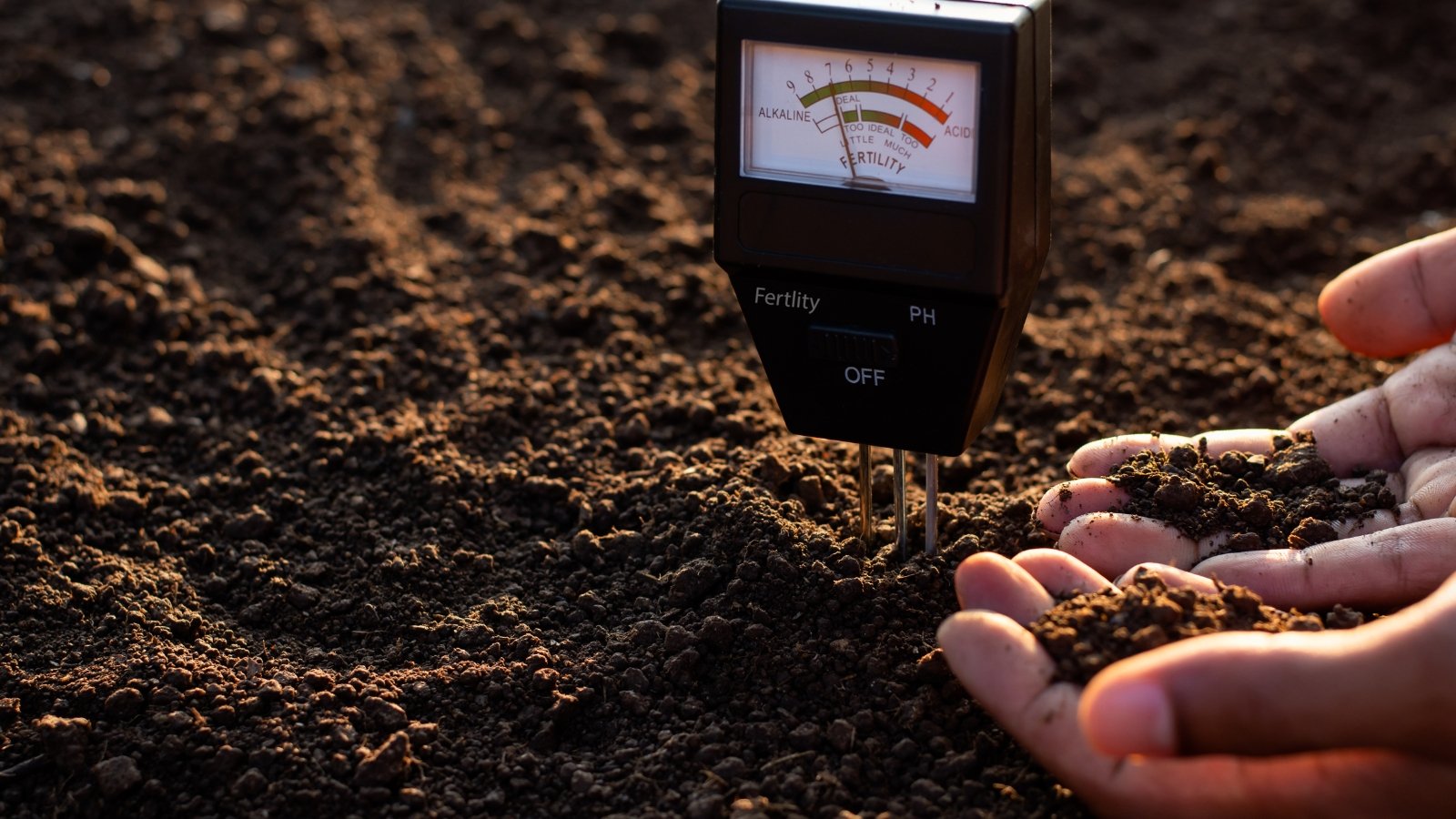
Petunias adapt to varying soils as long as they’re well-draining. Ideal soils are loamy and neutral to slightly acidic, with a pH near 6.0 to 7.0.
Amend poor soils like sand and clay with a generous compost layer when planting. Organic material adds nutrients and increases aeration and moisture retention.
In containers, use a high-quality potting mix to promote aeration and drainage. These mixes contain lighter soils than those for in-ground plantings.
Temperature and Humidity
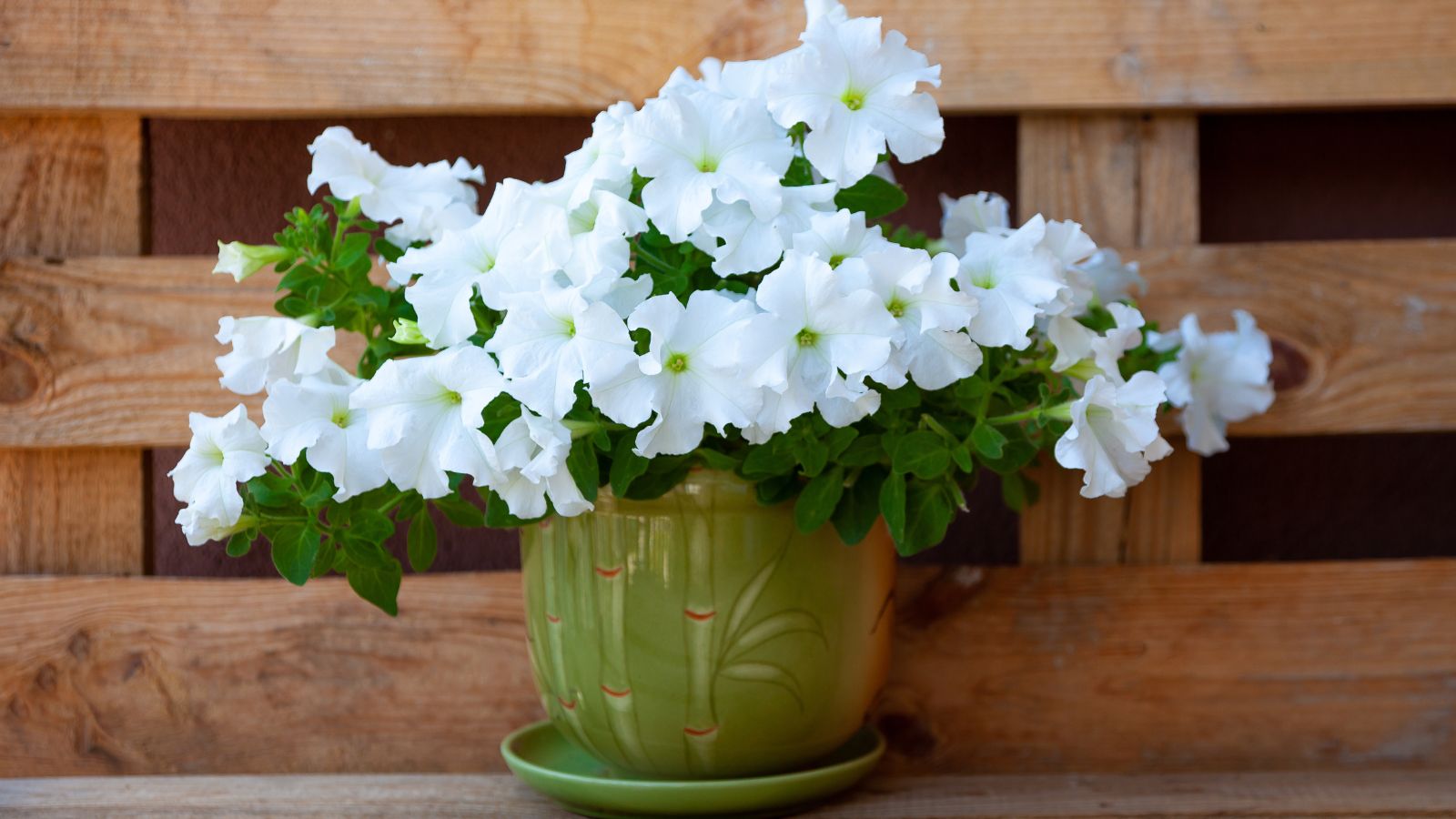
A ‘Firefly’ petunia’s ideal growing temperature is between 65-75°F (18-24°C). While these annuals flourish in warm summer temperatures, consistently high temperatures result in fewer flowers. Hot spells slow their growth and production.
Petunias are frost-sensitive and don’t withstand cold conditions. Late spring frosts, chilly nights, or early fall cold snaps inhibit flowering. Growth slows significantly with nighttime temperatures below 40°F (4°C).
Fertilizing
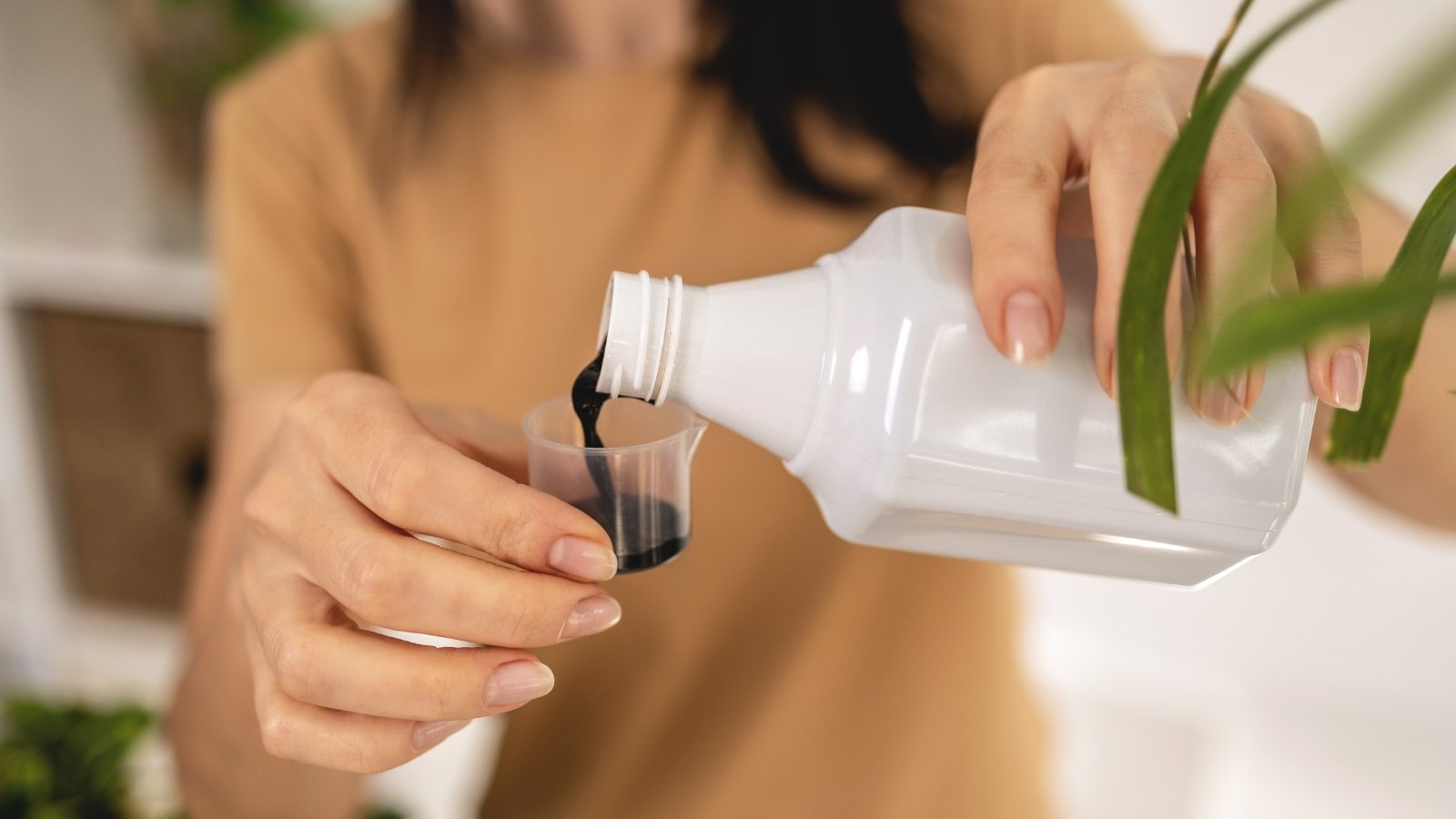
The prolific bloomers are heavy feeders that require plenty of nutrients and minerals to complete their life cycle in a single growing season. If your specimen isn’t blooming, it may be due to a lack of supplemental nutrition.
Apply an organic balanced fertilizer like 8-8-8 or 10-10-10 at planting. This provides the elements for developing strong roots, leafy stems, and flowers. A granular slow-release works well to sustain plants.
If flower production is slow with even soil moisture and ample sunlight, a liquid feed gives a boost. Use applications like fish emulsion, kelp, compost tea, or a formula specific to flowering plants. Higher phosphorus (P) is more beneficial than high nitrogen (N) in the NPK ratio for boosting blooms.
Maintenance
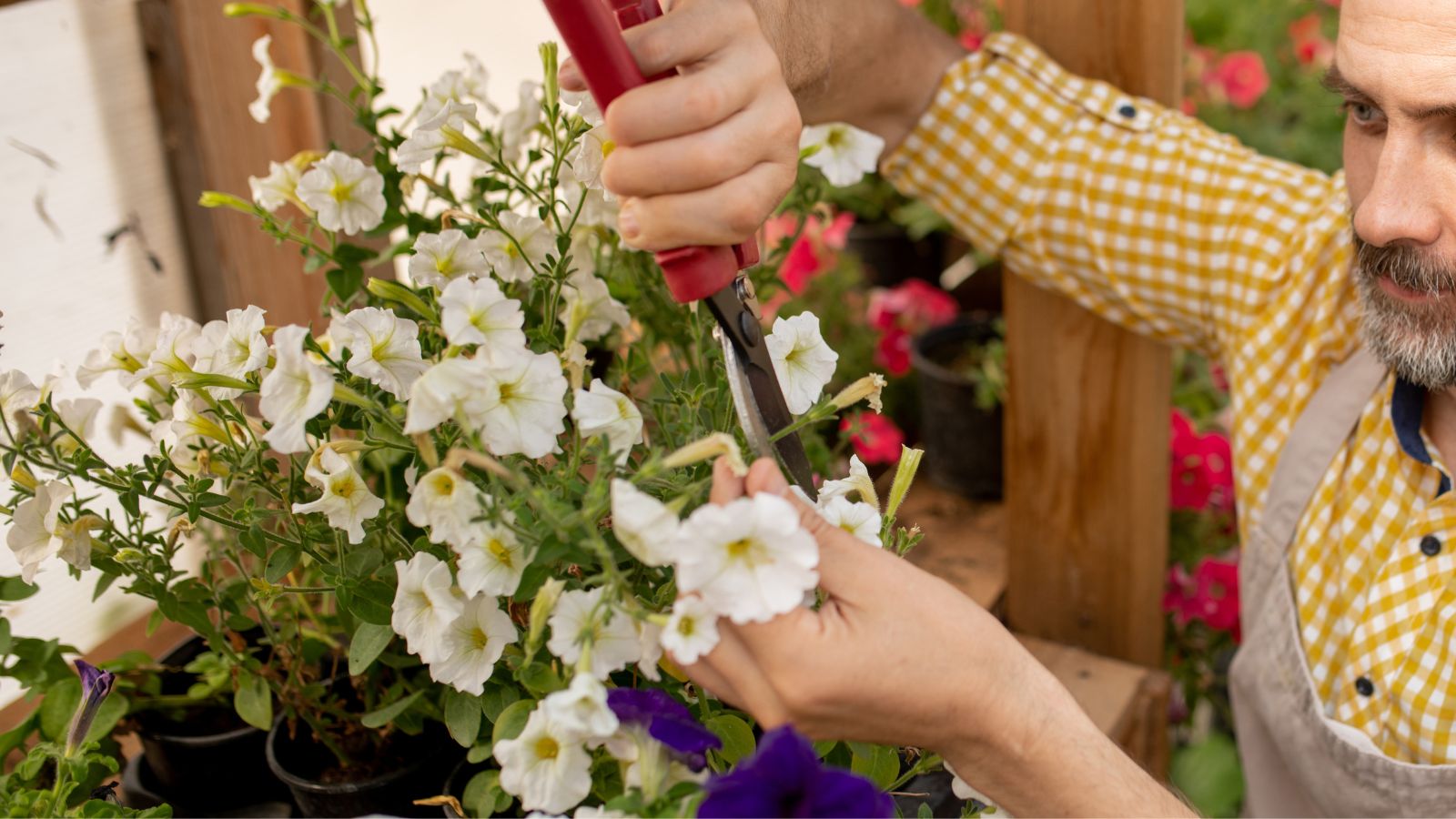
Petunias become slightly spindly and leggy as the season progresses. This means less fresh growth and glowing. For a refresh, give them a trim in midsummer. Repeat the light pruning in late summer or early fall as needed.
Clipping stems revitalizes plants by promoting new growth and flowering. Cut plants back by 20% (or less). You’ll lose a week or so of flowers, but restoring fresh leaves and buds is worth it to prolong the bloom season. Alternatively, clip individual stems intermittently to retain some flowers while pruning for fresh growth.
Propagation
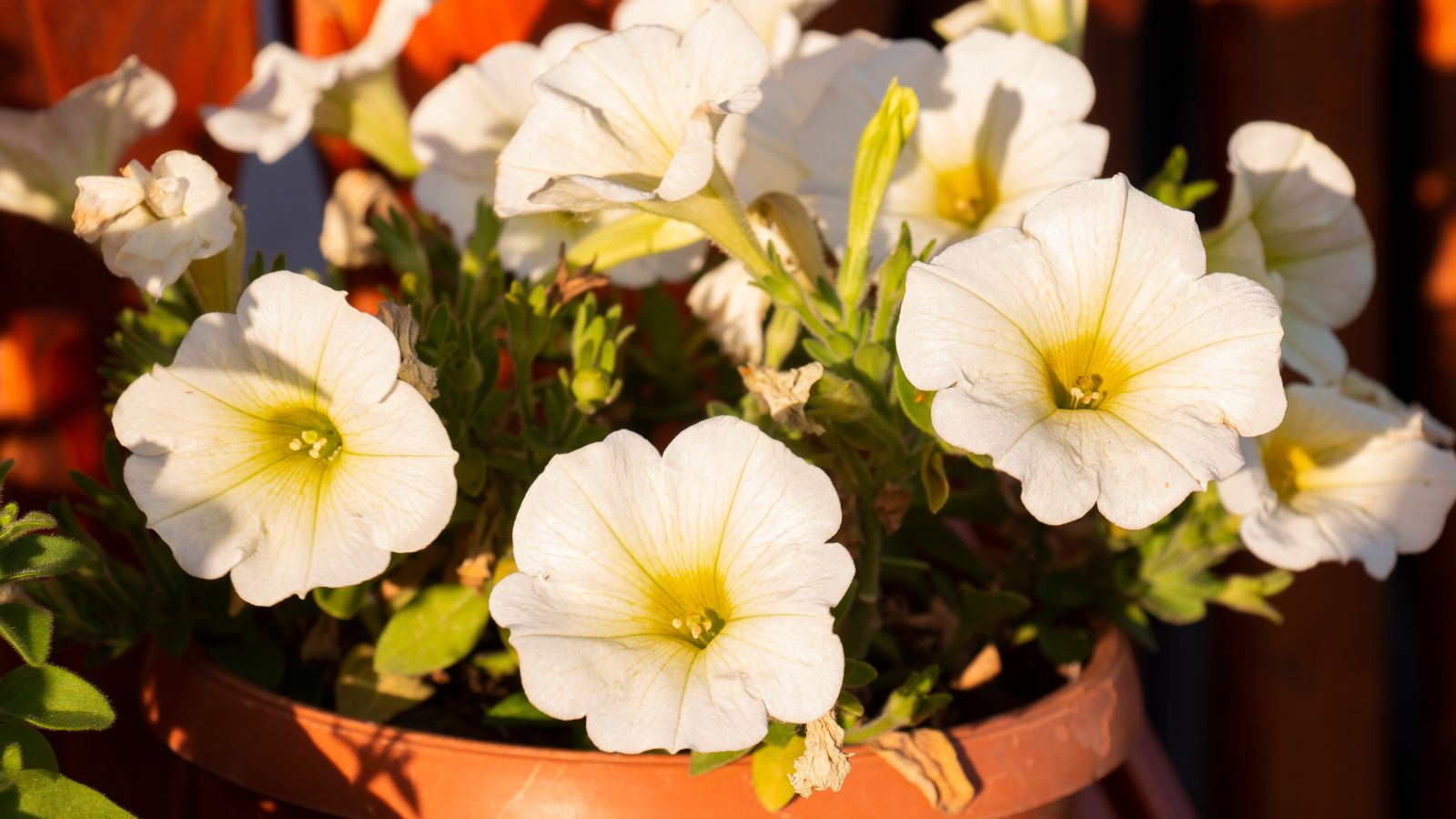
A plant patent protects ‘Firefly’ petunias from propagation. This means you’re not supposed to propagate them yourself. Instead, they’re sold commercially for personal enjoyment.
Common Problems
Pests don’t plague petunias, but occasional visitors include aphids and spider mites. Diseases, including fungal issues and viruses, are sometimes problems, especially in damp situations. Full sun, plenty of air circulation, and avoiding overwatering helps stave off problems. Scout regularly to keep ‘Firefly’ petunias healthy for new growth and illumination and clip off weak stems to promote overall health.
Pests
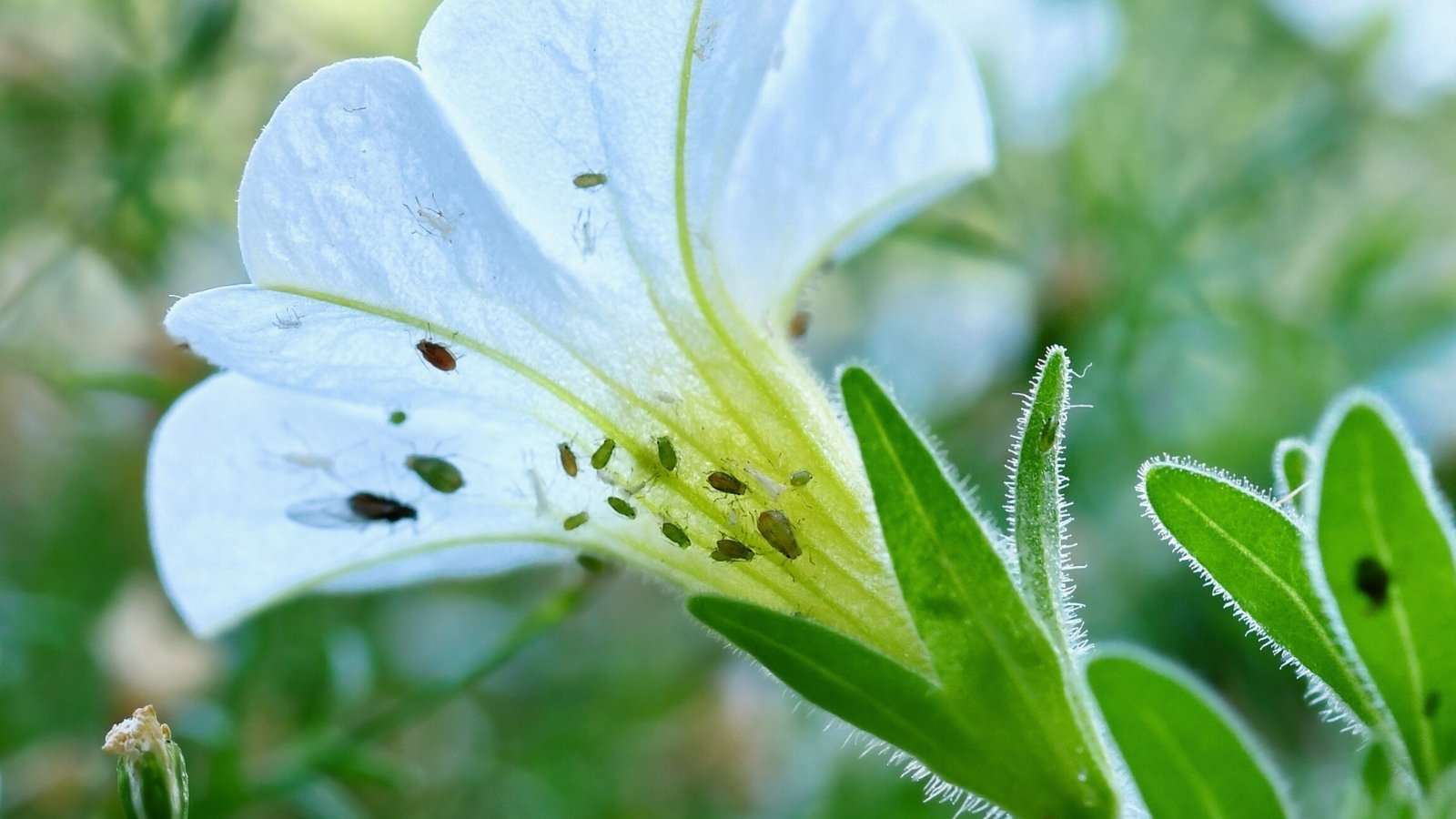
The best way to control insects is to spot them early. You may see the insects themselves or notice their sticky waste on plants, yellowing leaves, or stunted growth.
Aphids are common sap-sucking insects usually treatable by non-chemical means. Often, they cause no damage, but severe infestations cause curled leaves and stunted growth. They’re also vectors for diseases and viruses. They leave behind a sticky honeydew, leading to black, sooty mold.
Spider mites, also sap-suckers, live on the undersides of leaves, indicated by webbing and light yellowing of leaf surfaces. Beneficial predatory insects like ladybugs, lacewings, and predatory mites help control populations.
In pest outbreaks, spray leaves and stems with a strong stream of water to deter and knock insects off the plant. Do this in the morning so leaves dry in the early sun. A horticultural soap or oil treats severe infestations but be sure follow label directions, as these also affect beneficial insects.
Slugs and snails may feed on fresh shoots. Hand-pick them early in the day or evening when they’re most active. If numbers increase, bait them with beer or soda traps by filling a shallow dish and placing it at soil level.
Diseases
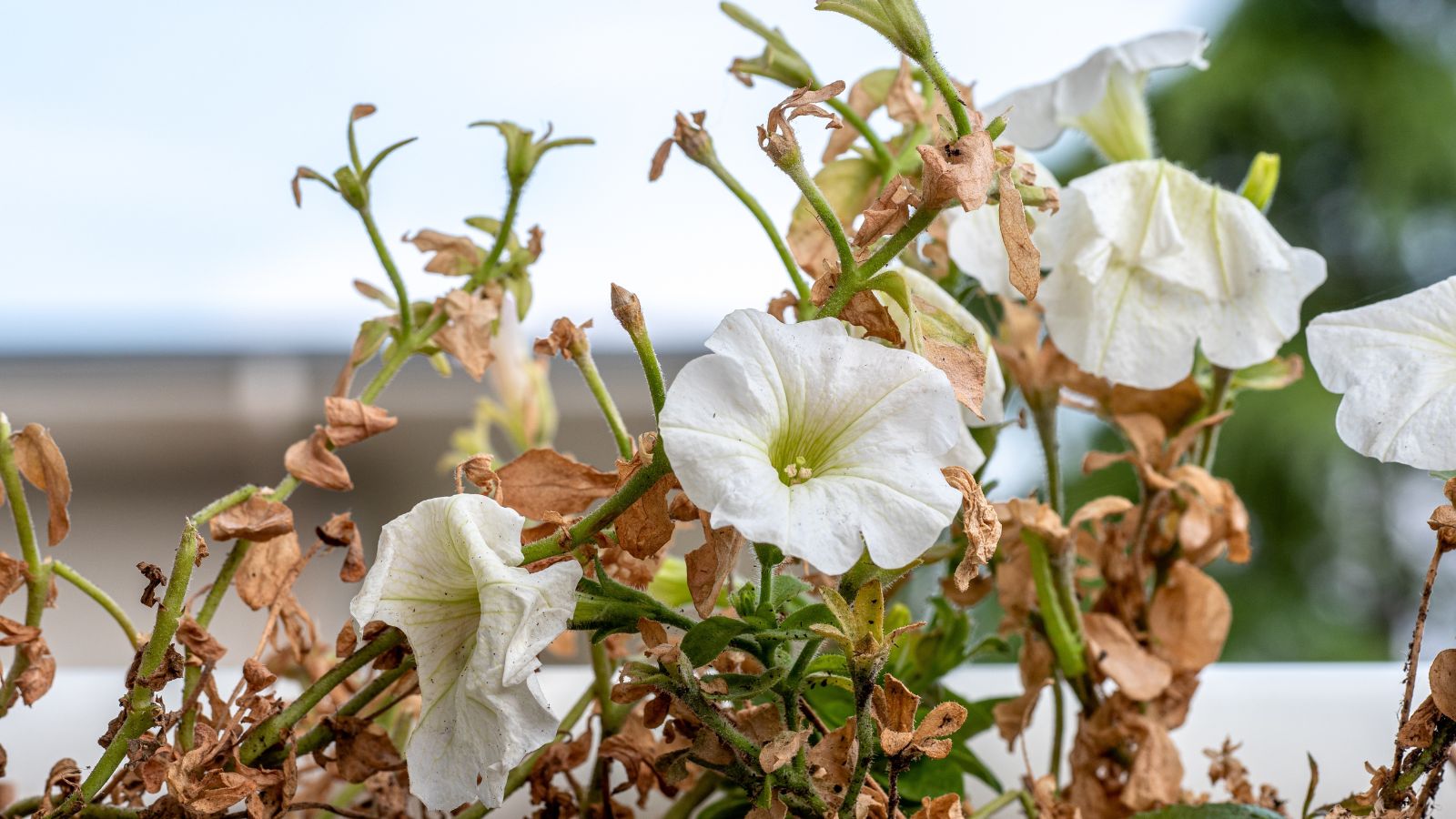
As with pests, the best disease control is prevention through cultural conditions, especially through proper watering.
Botrytis is a fungal disease prevalent in high-humidity conditions with limited air circulation. Brown spots and “fluffy mold” appear on stems and leaves. With petunias, patches occur when spent blooms drop onto foliage in wet, humid conditions. Take care not to overwater or overfertilize, which weakens the plant.
Root rot and crown rot also occur in warm, humid environments and overly wet conditions. The pathogens impact feeder roots, which can’t absorb water and nutrients. Signs include drought-stressed leaves that turn yellow and wilt. With crown rot, brown patches and rotting may appear at the crown, where the stems emerge just above the soil line.
Dig plants and cut off any brown, rotting roots. Reduce irrigation to give the soil time to drain.
Horticultural oils like neem can treat fungal diseases early on (but again, these impact beneficial insects, so be sure to follow application requirements). It’s best to remove plants with severe infestations to prevent spreading.
Several viruses like the tobacco mosaic virus can affect most petunias, including ‘Firefly.’ The virus causes a mottled mosaic pattern on leaves, and they curl and distort. Mosaic viruses do not have a treatment. The best action is to remove infected plants. Also, remove any fallen leaves and debris to prevent the spread.
Frequently Asked Questions
The petunias may grow indoors successfully with several hours of direct sunlight or under a grow light. Keep them away from drafts from air conditioning, heaters, and fireplaces. Growth naturally slows in the winter and resumes in spring.
The organic light is a chemical reaction within cells and is circular for continual glowing with proper cultural requirements. If the light fades, promote new growth by clipping leggy stems. Healthy plants with plenty of sunlight, airflow, and even moisture sustain luminosity.
More research is necessary to determine how the surrounding environment responds to the specimens’ nighttime glow. As a houseplant or singular specimen, they may have little impact, but this is yet undetermined and opens the conversation regarding transgenic plants and natural ecology.

